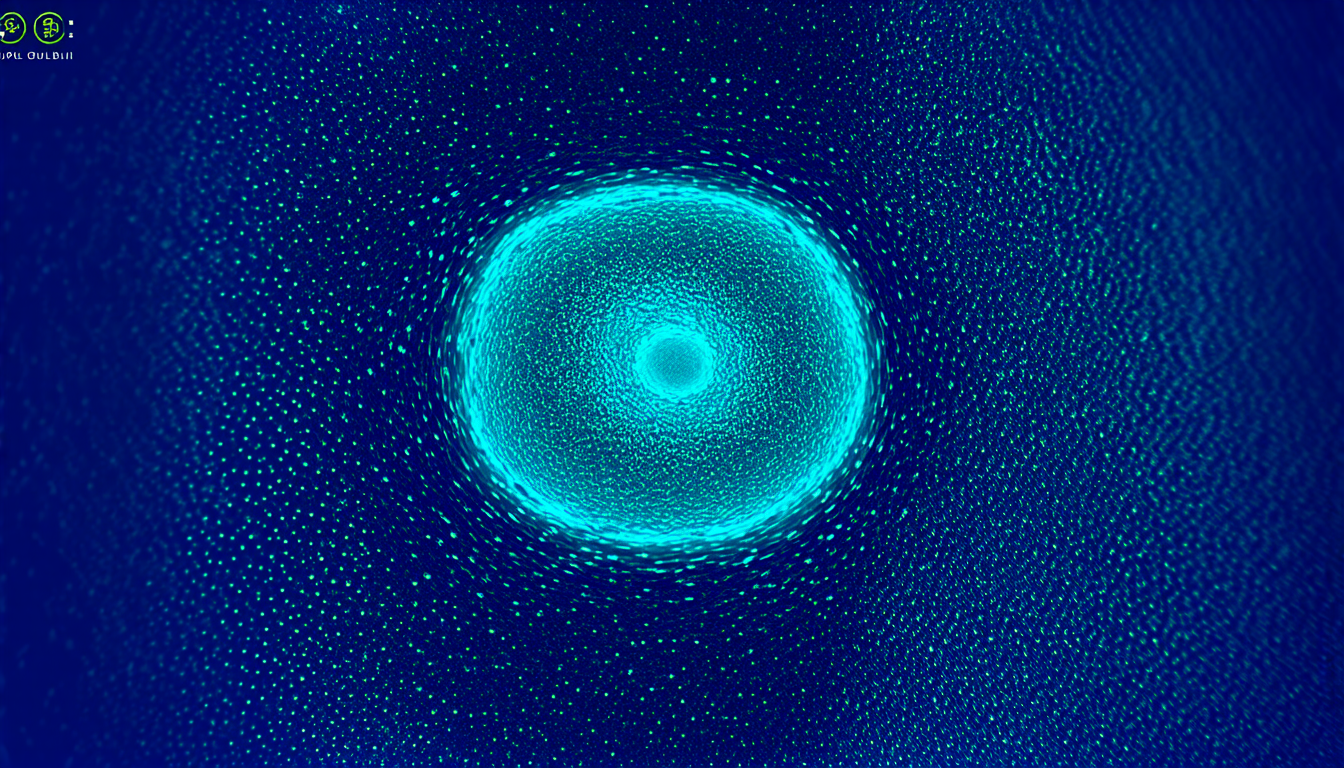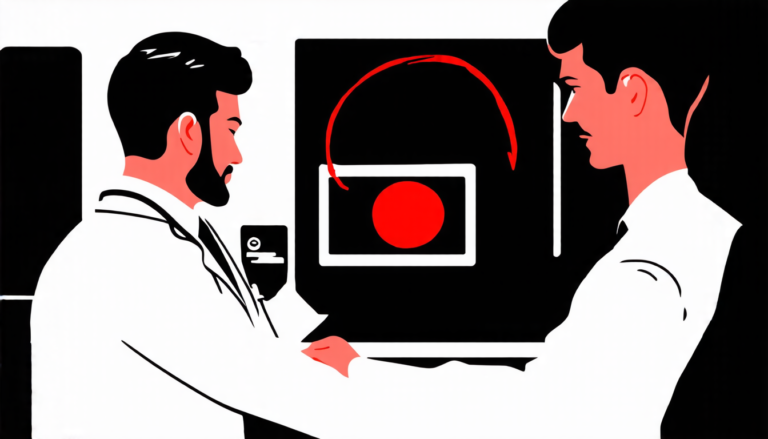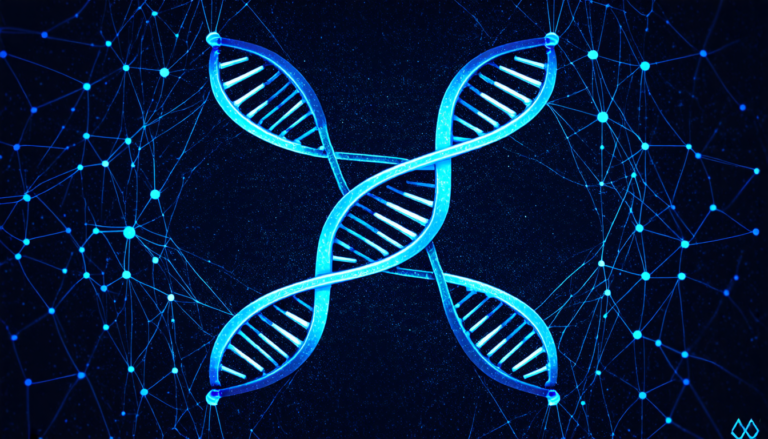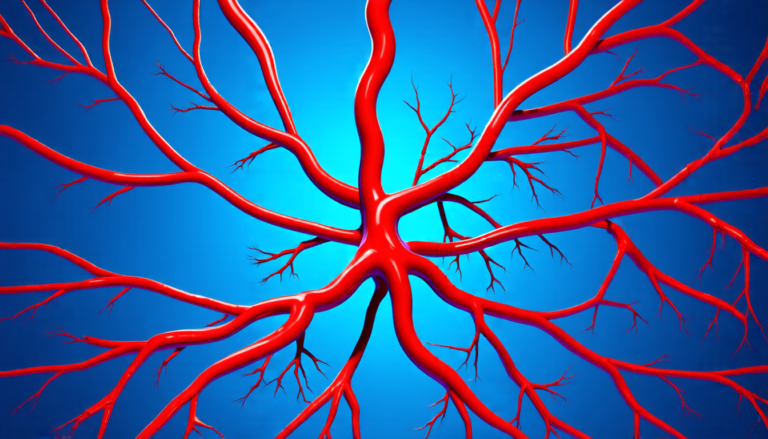Saturday 22 March 2025
Scientists have made a significant breakthrough in developing an innovative autofocus technology for microscopy, revolutionizing the field of biological imaging. The new system, called SparseFocus, uses artificial intelligence to quickly and accurately focus on microscopic samples, eliminating the need for manual adjustments.
Microscopy is a crucial tool in biology and medicine, allowing researchers to study cells, tissues, and other small structures in exquisite detail. However, traditional autofocus methods are often slow, laborious, and prone to error, which can lead to poor image quality and wasted time.
SparseFocus addresses these limitations by leveraging the power of deep learning algorithms to analyze microscopic images and calculate the optimal focus distance. This approach is particularly effective for samples with sparse or uneven content, where traditional autofocus techniques struggle to accurately detect the focal plane.
The system consists of two stages: first, a region importance network identifies areas of high contrast or important features within the image; then, a defocus distance network calculates the optimal focus distance based on these regions. This dual-stage approach enables SparseFocus to adapt to varying sample types and imaging conditions, producing high-quality images even in challenging scenarios.
One of the key advantages of SparseFocus is its ability to autofocus rapidly and accurately, allowing researchers to quickly capture high-resolution images without manual intervention. This feature is particularly valuable for applications such as whole-slide imaging, where hundreds or thousands of images need to be captured and analyzed.
The development of SparseFocus has far-reaching implications for biological research, medicine, and industry. By improving the accuracy and speed of microscopy imaging, this technology can accelerate scientific discoveries, enhance diagnostic capabilities, and streamline manufacturing processes.
In addition to its technical achievements, SparseFocus also underscores the potential benefits of interdisciplinary collaboration between computer scientists, biologists, and engineers. The fusion of expertise from these fields has enabled the creation of innovative solutions that push the boundaries of what is possible in microscopy imaging.
As researchers continue to refine and expand the capabilities of SparseFocus, it’s clear that this technology will have a profound impact on our understanding of the microscopic world and our ability to harness its secrets. By combining cutting-edge AI with traditional microscopy techniques, scientists are unlocking new possibilities for discovery and exploration, paving the way for breakthroughs in medicine, biotechnology, and beyond.
Cite this article: “Revolutionizing Microscopy: The Development of SparseFocus Autofocus Technology”, The Science Archive, 2025.
Artificial Intelligence, Microscopy, Autofocus, Biological Imaging, Deep Learning, Image Quality, Scientific Research, Medicine, Biotechnology, Manufacturing







